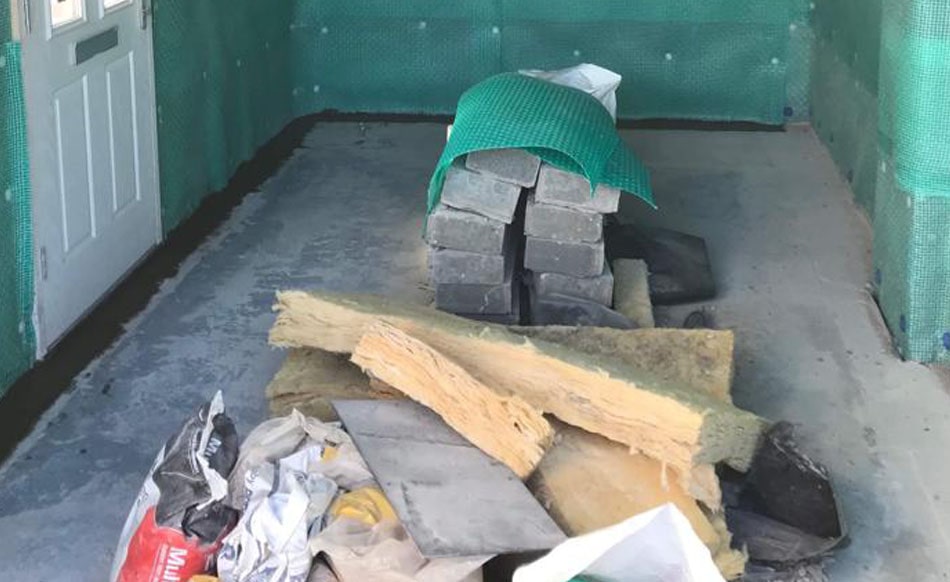What is Penetrating Damp?
Penetrating damp, which can also be termed ‘lateral damp’ is the result of water that has managed to penetrate the outside of the building and enter the property. Distinguishing it from [rising damp](https://www.damp2dry.co.uk/), penetrating damp can happen at any level, from roofs and ceilings to walls. It can also come through features such as window reveals.
Penetrating damp is common in older properties with solid walls. Newer properties tend to be more protected from penetrating damp with cavity walls.
What are the most likely causes of Penetrating Damp?
Penetrating damp can result from a number of issues with property maintenance and deterioration that has allowed water to enter from the outside, including:
- Defective building material such as gutters, cracked tiles, poorly pointed walls, windows or doors that are not well sealed, cracked or blocked downpipes and open chimney pots
- Crumbling mortar and spalling of bricks
- Frost damage or ageing of bricks, leading to increased porosity of walls
Signs of Penetrating Damp
Penetrating damp does bring with it some tell-tale signs. Of these the most common is definitely patches of damp on walls or ceilings that darken after heavy rainfall.
You will find that damp spreads in a circular pattern, so circular patches of damp are a real sign of penetrating damp. In addition you may find wet, crumbling plaster and wallpaper coming away from the wall and mildew or mould spores. A combination of these signs almost certainly points to penetrating damp as the cause.
Arrange a Penetrating Damp Survey
If you are in Yorkshire or the surrounding areas Damp 2 Dry will be delighted to help. The first step is to arrange an appointment here so that one of our expert surveyors can come and assess any damage and pinpoint the right remedial action. If you would like to talk to someone on the phone, our dedicated team are on hand to answer your questions.
Phone us on 01226 419027 or 07411 947324 or email us at info@damp2dry.co.uk
Check out our excellent customer feedback.


